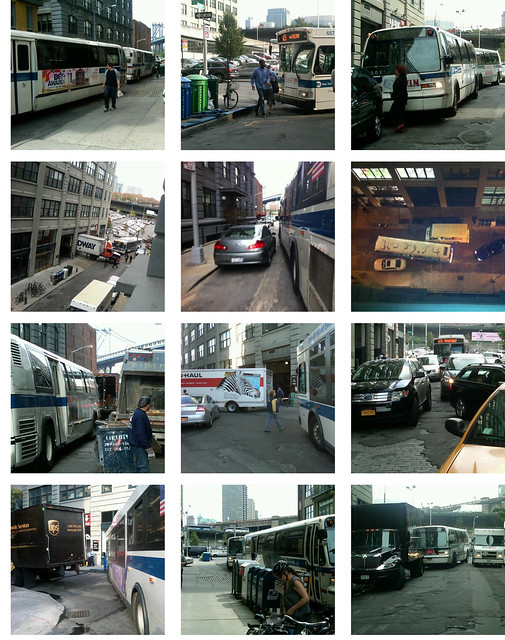When MTA CEO and Chairman Joe Lhota fired off a letter to the New York Senate Republicans that questioned their commitment to transit within New York, we all knew the letter would not go unanswered, and last week, Dean Skelos and his entourage responded in turn. With a little bit of faux-concern, Skelos along with Senators Charles J. Fuschillo and Martin J. Golden claimed they denied the MTA capital funding because they truly honestly are deeply concerned with the MTA’s looming debt crisis.
The full letter is available here, and I’ll excerpt.
“Let us assure that the Senate understands the critical role the MTA plays in our State’s economy and supports capital investment in the MTA system…However, allowing a staggering $42 billion bonding debt level is of great concern, especially at the same time the MTA has many unresolved issues in its financial plan.
While we recognize the importance of advancing capital projects, we also recognize the importance of funding them in a fiscally responsible and prudent manner. The MTA’s 2012-15 financial plan contains several risks which could adversely impact its ability to fund the remainder of the 2010-2014 Capital Program. The MTA is currently projecting deficits of $141 million and $211 million in 2014 and 2015, respectively. These deficits include factoring in 7.5 percent fare and toll increases in both 2013 and 2015, increases which have yet to be approved by the MTA Board and have never been supported by the Senate Republican Conference.
The MTA’s financial plan also assumes that it will be able to reach a new labor contract which includes three years of no wage increases, unless there are offsetting productivity improvements. If the MTA is unable to achieve these assumed labor contract savings, it would add substantial costs to its operating budget.
Now, nothing these three illustrious Senators say is incorrect. The MTA’s financial plan does rest on some tenuous assumptions, and they are relying on a net-zero wage increase — something that will be achieved through negotiations or layoffs. But this letter doesn’t address Lhota’s main concerns. By playing fast and loose with the MTA’s capital funding, Skelos and the Senate GOP representatives are risking billions in federal financing and the timely completion of East Side Access, Phase 1 of the Second Ave. Subway and countless other capital program items that keep our subway system running.
It’s also disingenuous for anyone in Albany to now express concerns over the MTA’s debt levels. For decades, Albany has scaled back direct investment in the MTA as the authority has turned toward debt financing. Now that austerity is all the rage amongst Tea Party voters, Skelos has found responsible budgeting at the worst possible time, and he has decided to blame the victim by denying it money.
The MTA needs to do a better job of reining in costs. It must not be spending so much on construction and labor. But right now, it also has to finish up to mega-projects, and billions of dollars of money is on the line. This is a game of political chicken the MTA can ill afford to play.









 (42nd Street Shuttle)
(42nd Street Shuttle)